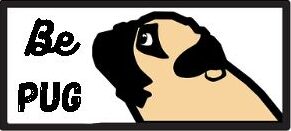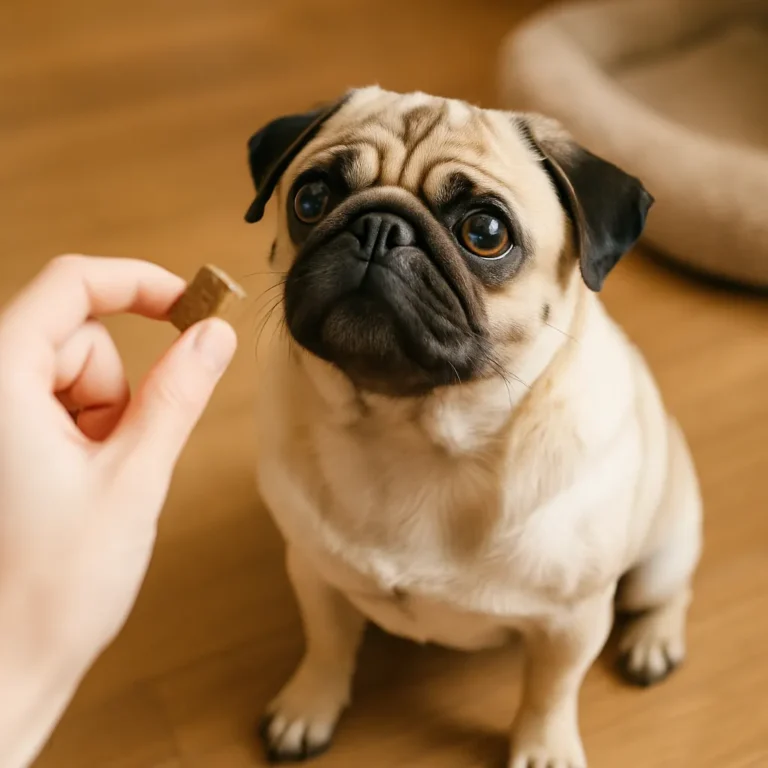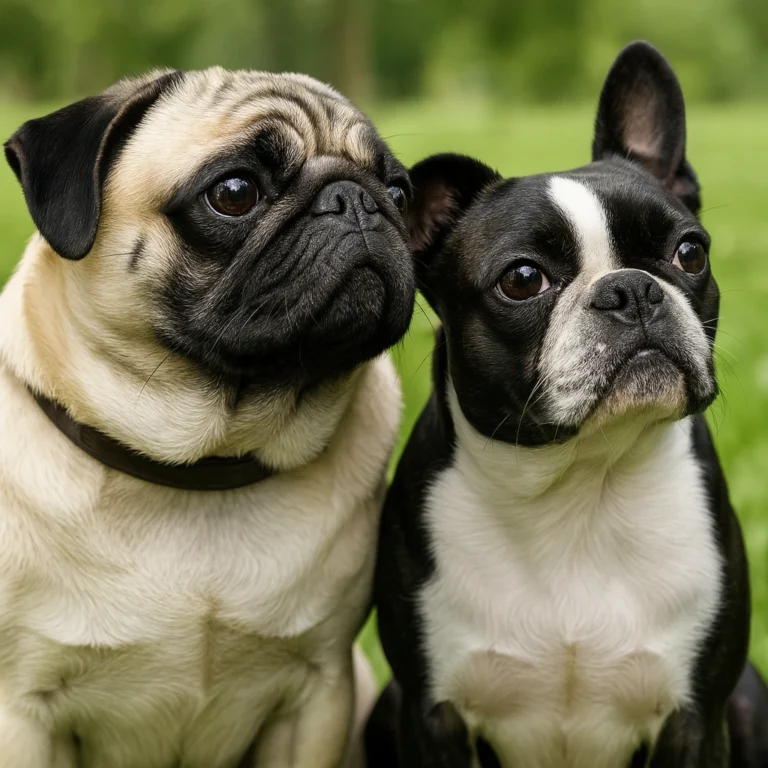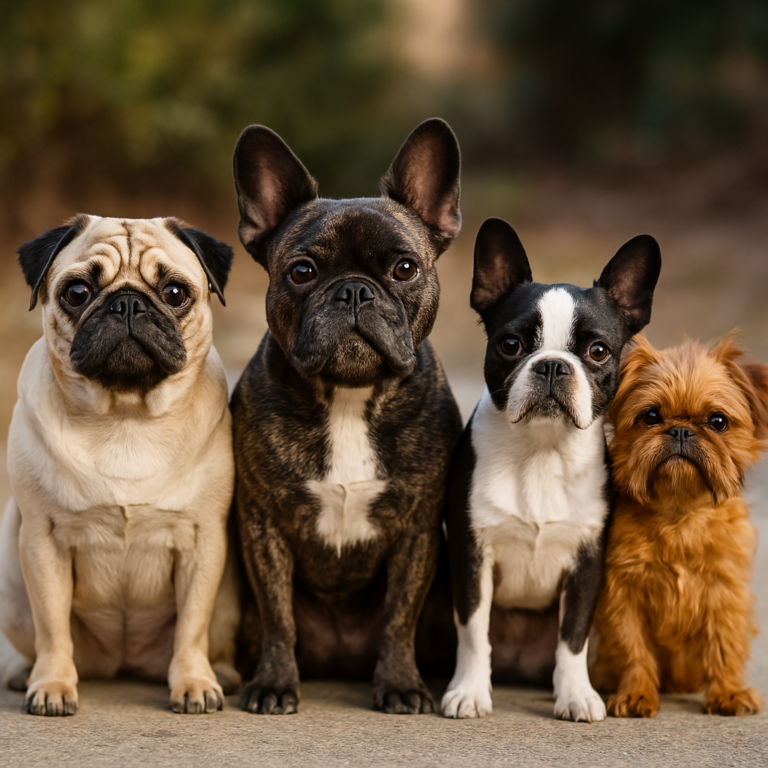What Is a Panda Pug Mixed With? The Surprising Blend Behind This Adorably Unique Pup
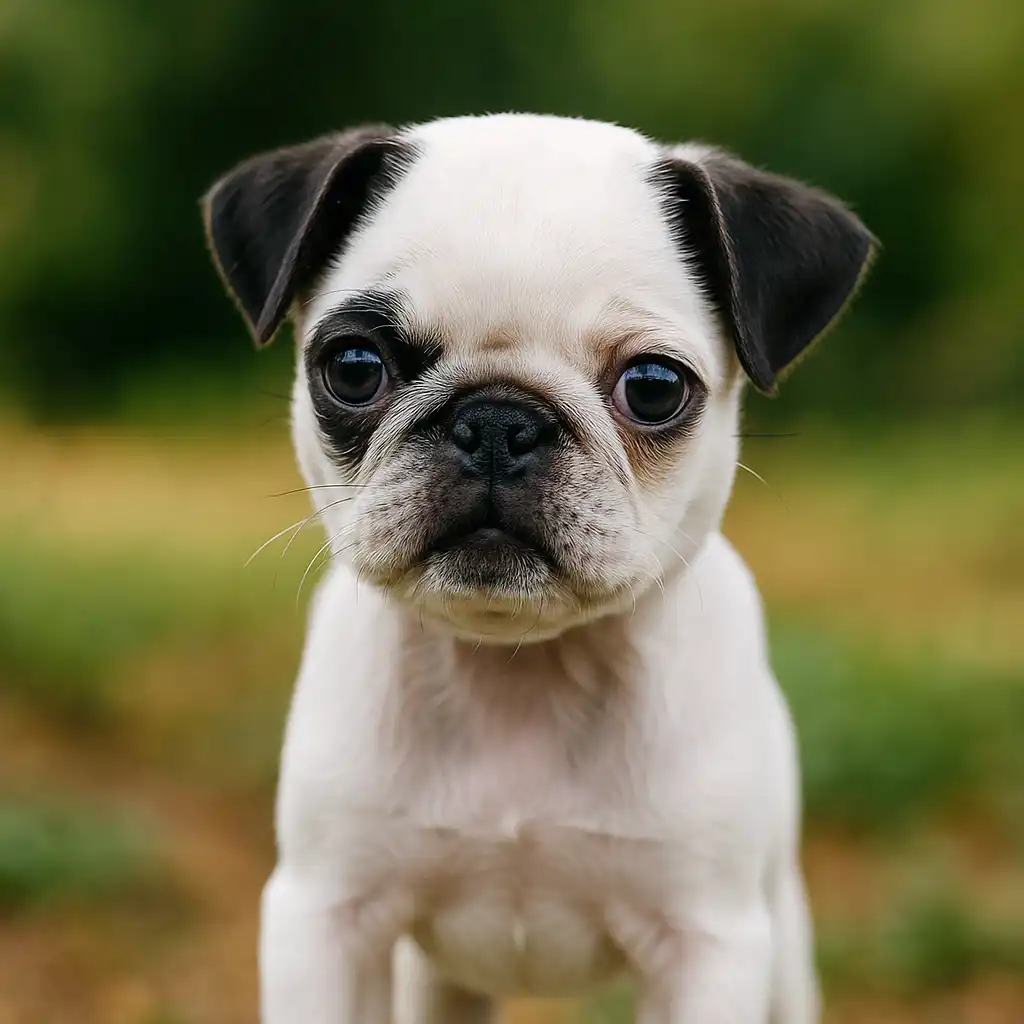
Disclosure: This post contains affiliate links. As an Amazon Associate, I earn from qualifying purchases—at no extra cost to you.
Panda pugs have been capturing hearts across the internet with their unmistakably cute black-and-white coat pattern. But behind their panda-like appearance lies a fascinating mix of breeds that gives them their signature look. These eye-catching dogs spark curiosity among pug lovers and dog enthusiasts alike. If you’ve ever wondered what kind of dog a panda pug really is, you’re not alone. Let’s take a closer look at this trending mix and what it means for potential owners, especially those who already adore pugs.
What Is a Panda Pug?
A panda pug is not a purebred pug with an unusual coat, but rather a mix that gives the dog its distinct coloration. Typically, a panda pug is a hybrid between a pug and a Boston Terrier or another breed with striking tuxedo-like markings. These mixes combine the pug’s wrinkly face, compact body, and friendly personality with a breed that carries piebald or black-and-white coat genes, creating the “panda” look.
In some cases, panda pugs are simply pugs with unique coat mutations or genetic variations. However, more often, they are deliberate crosses, especially with breeds like Boston Terriers or French Bulldogs, both of which can contribute bold black-and-white markings.
Why the Panda Look Is So Popular
The panda pug’s coloration is undeniably cute and attention-grabbing. It mimics the appearance of a panda bear, with dark patches around the eyes and contrasting white fur, giving these dogs an almost cartoon-like charm. For fans of pugs who also enjoy a quirky aesthetic, the panda pug is the perfect blend of whimsy and familiarity.
Social media has played a big role in boosting the panda pug’s popularity. Photos and videos of these distinctive dogs quickly go viral, fueling interest in this particular mix.
Characteristics and Temperament
Panda pugs generally retain the affectionate, clownish, and social traits of purebred pugs. When mixed with Boston Terriers or similar breeds, you might see a bit more energy and independence. Still, they typically love human interaction, get along well with children and other pets, and make great indoor companions.
As with all mixed-breed dogs, their temperament can vary based on which parent breed has the dominant traits. You might end up with a dog that’s more alert and athletic or one that’s more laid-back and snuggly.
Is a Panda Pug Right for You?
If you already love pugs and are interested in a unique twist, a panda pug might be a great choice. They tend to be small, easy to manage in apartments, and very people-oriented. However, they can also inherit health issues from either side of their genetic makeup, especially respiratory problems if both parent breeds are brachycephalic.
Make sure to research the breeder, confirm the lineage, and understand the care needs of both contributing breeds. Adoption is also a great way to meet mixed-breed dogs with special markings—check your local shelters or breed-specific rescues.
Conclusion
Panda pugs are a delightful result of crossbreeding pugs with dogs that offer striking coat colors, such as Boston Terriers. With their panda-like appearance, fun-loving nature, and compact size, they make memorable companions. As always, if you’re considering bringing one home, make sure you’re prepared for the needs of a pug mix and choose responsible breeders or rescue options when possible.
